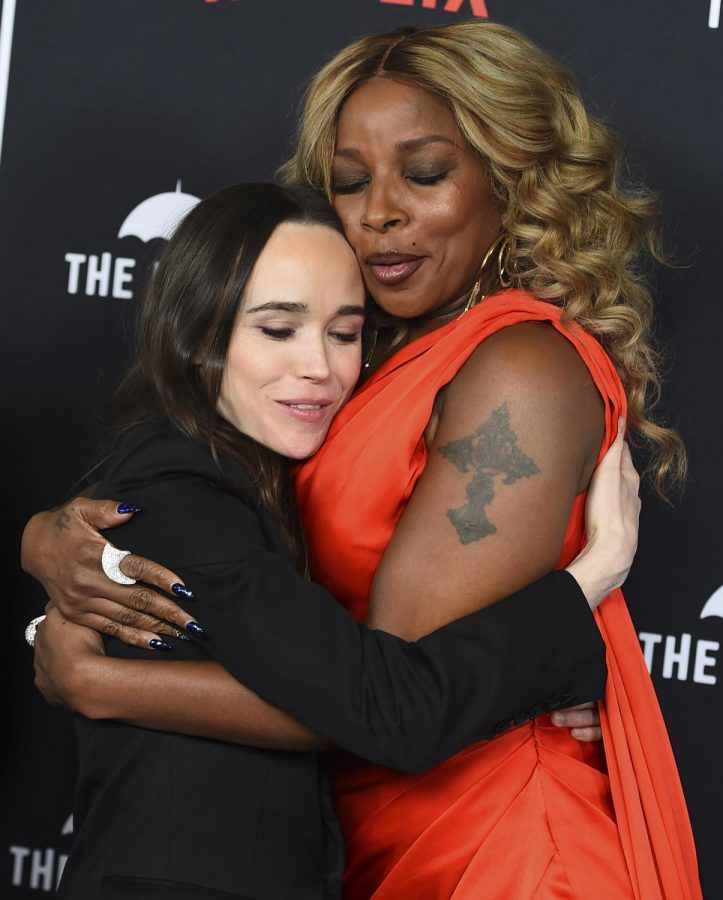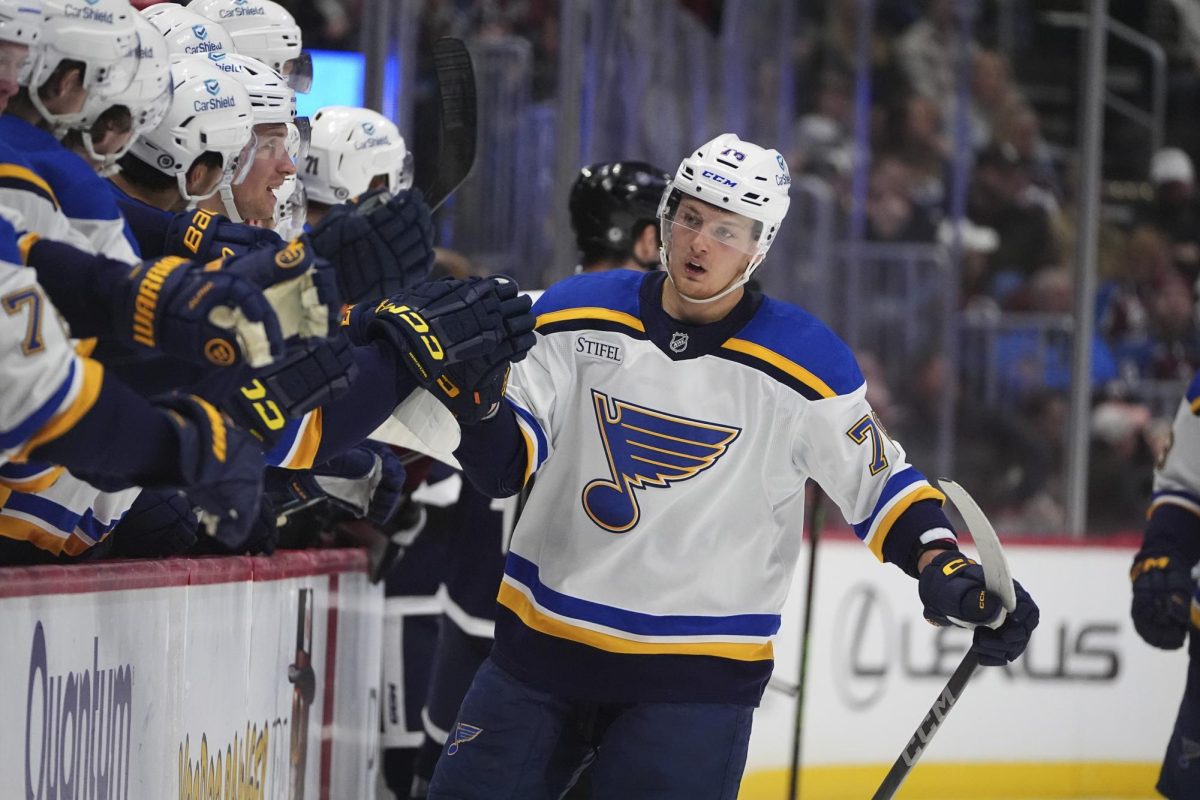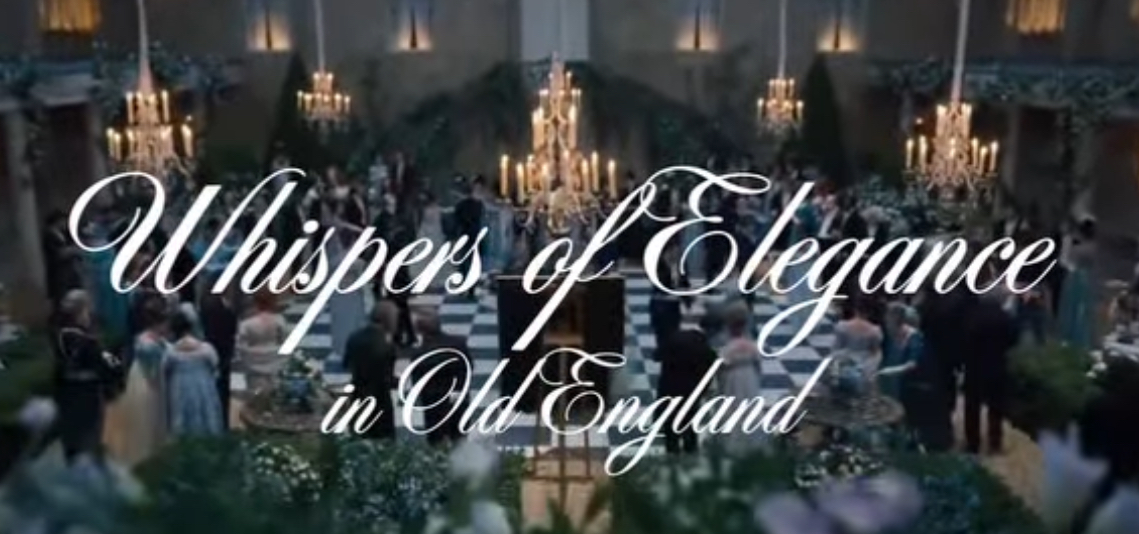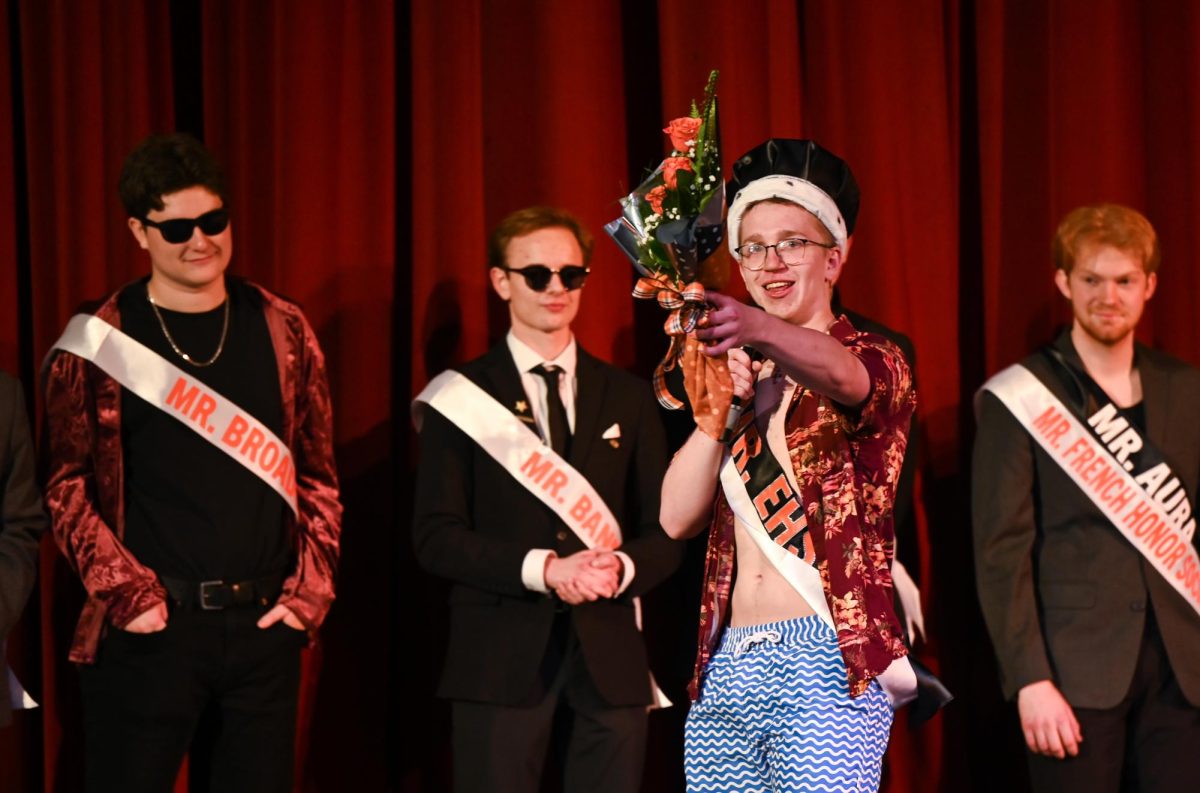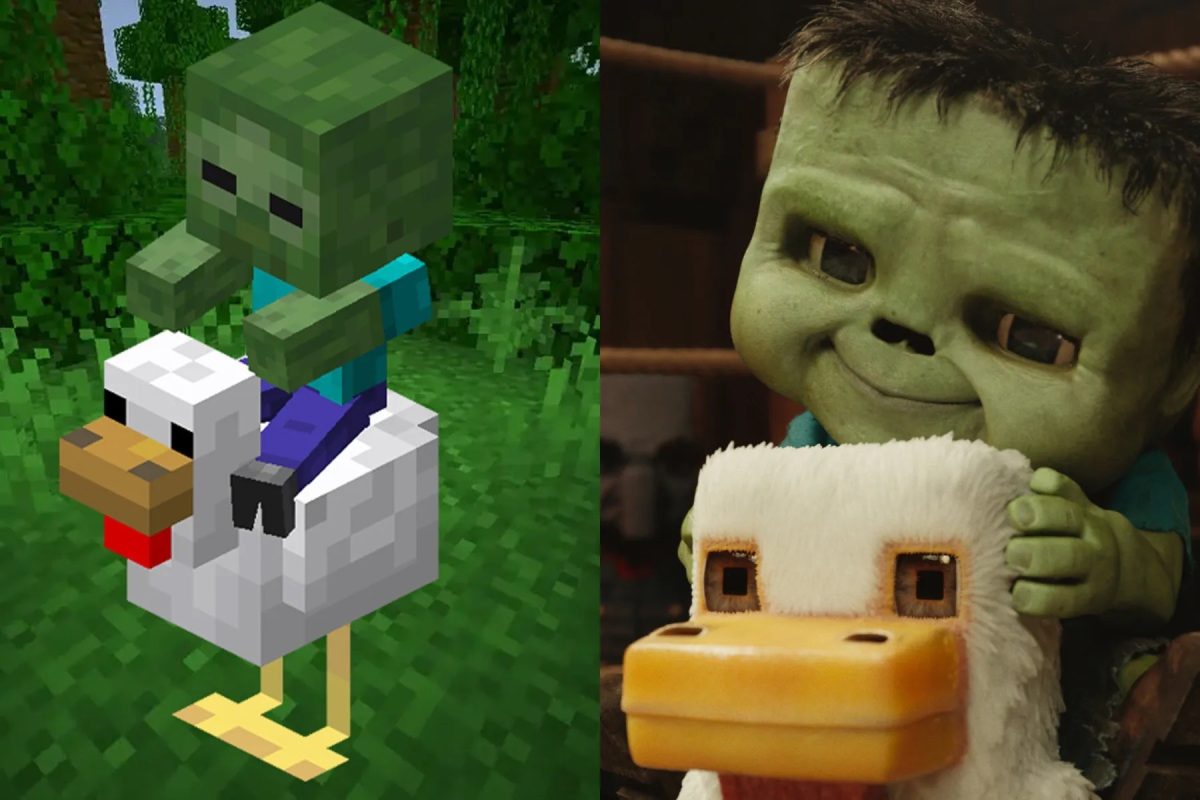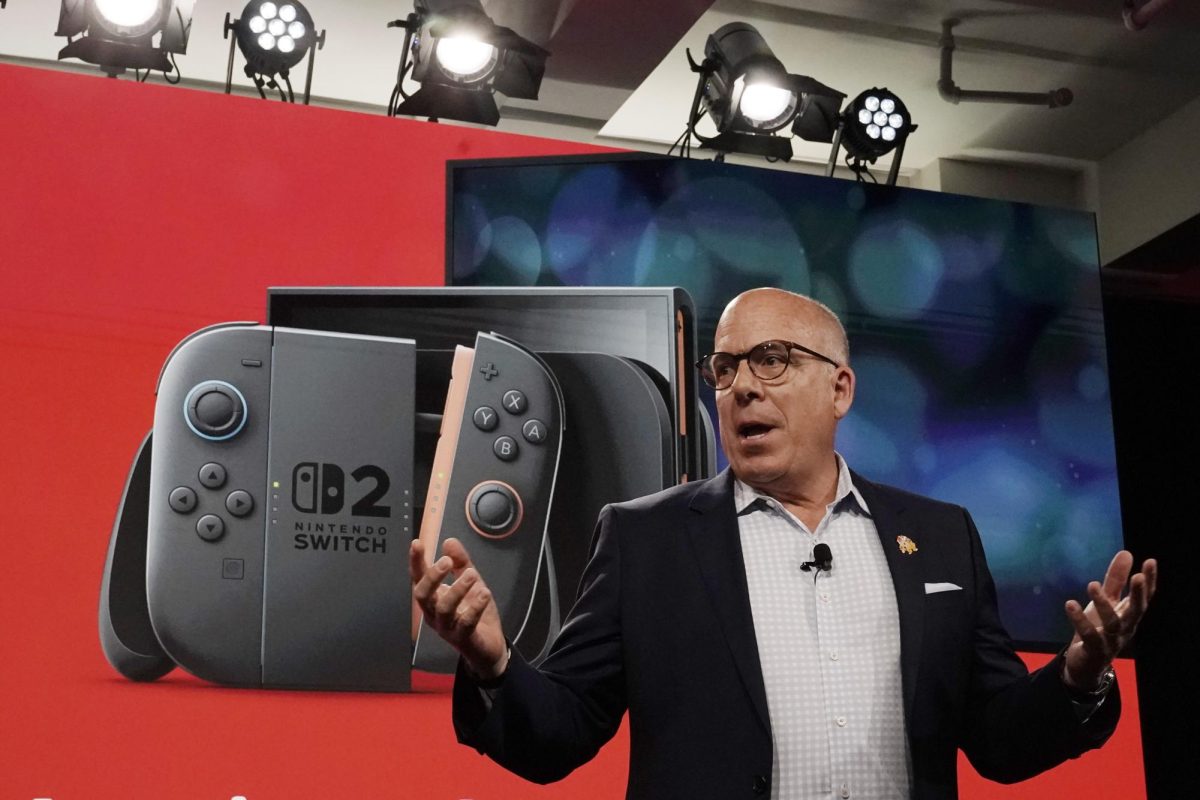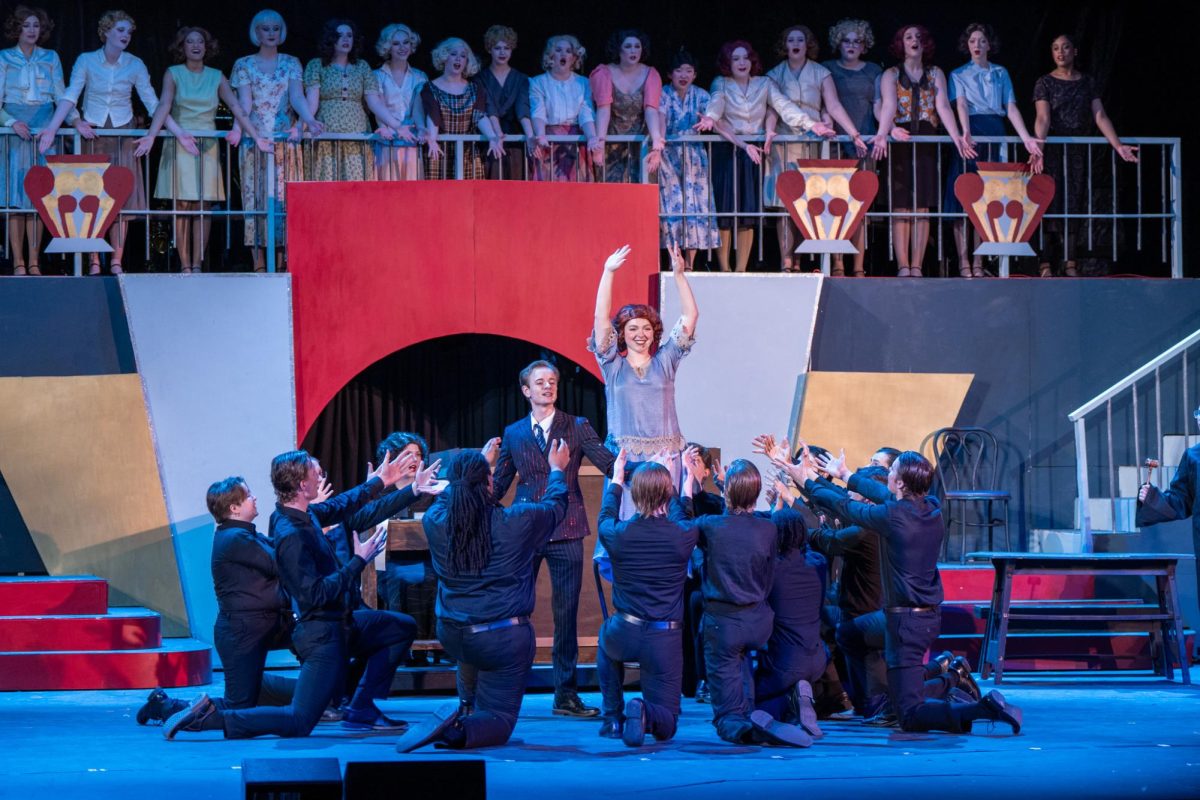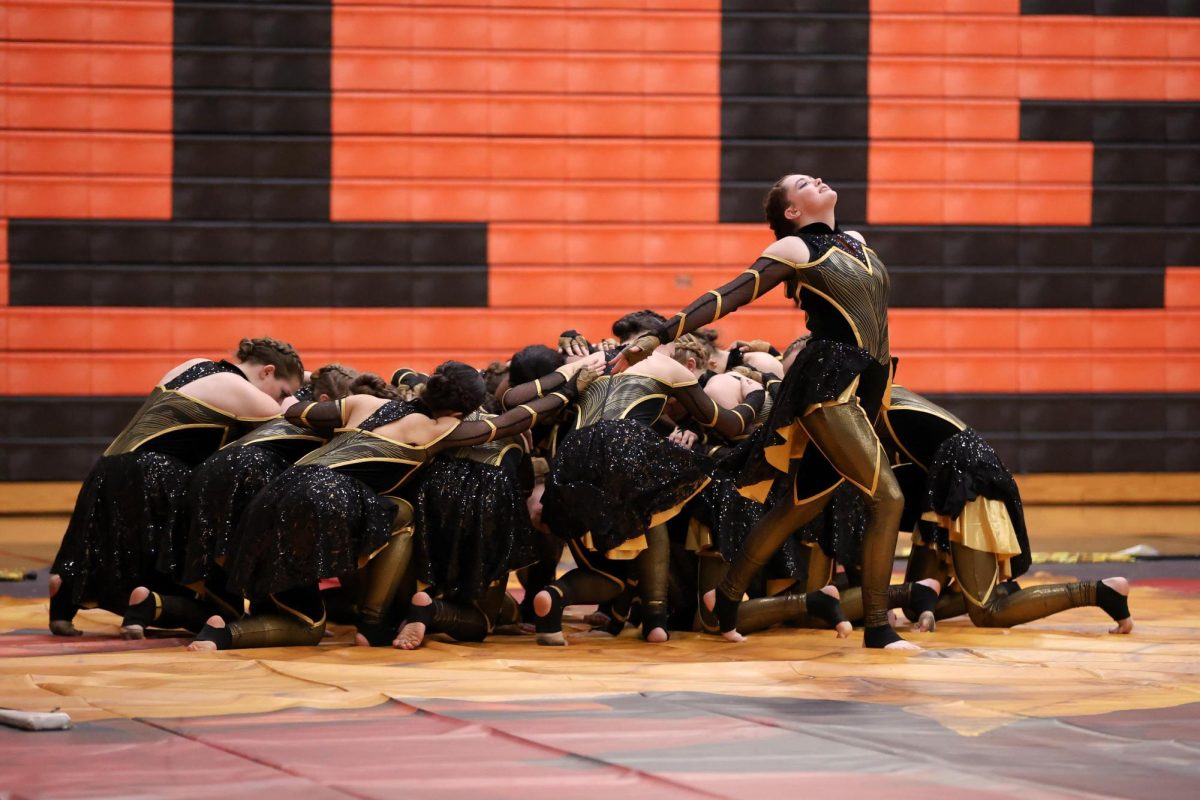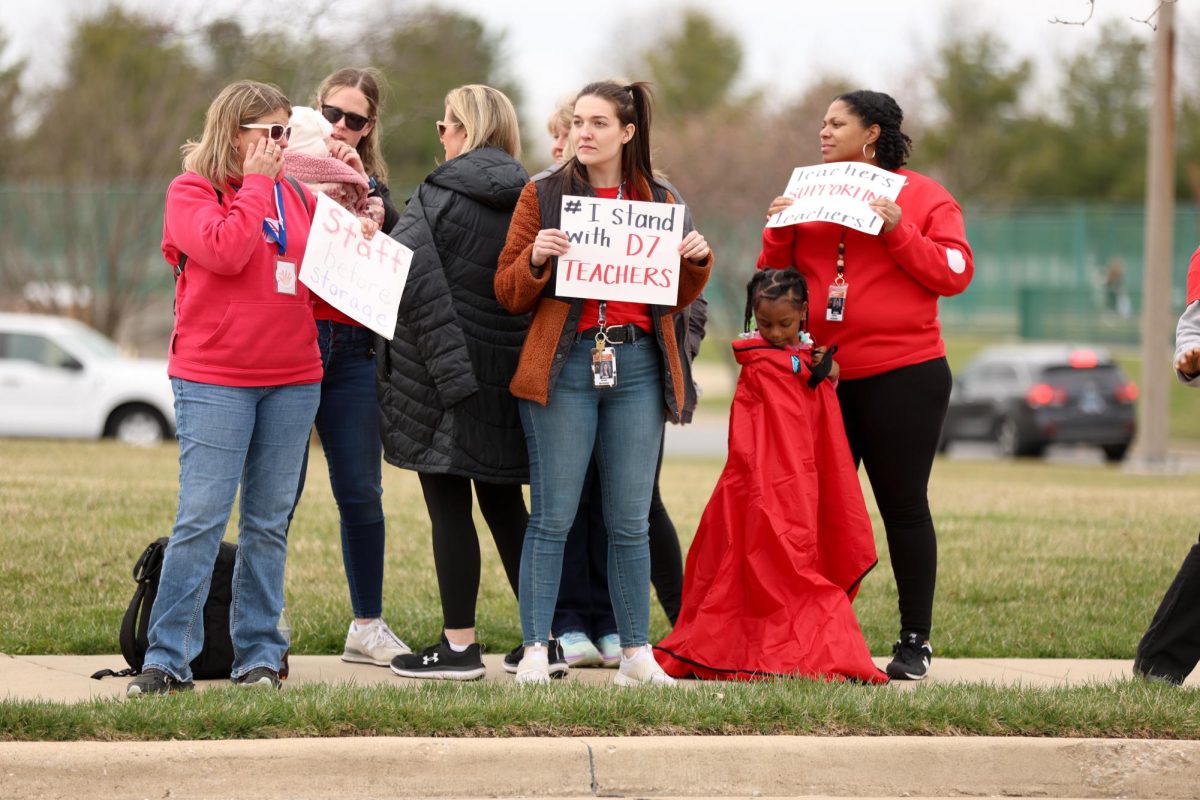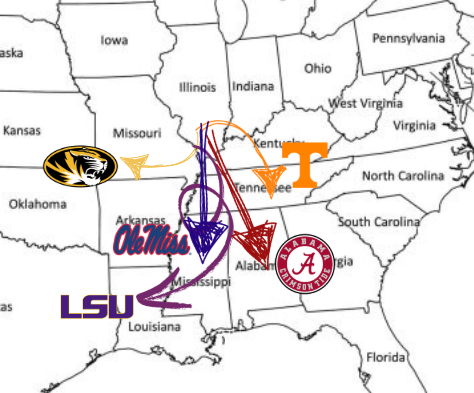‘The Umbrella Academy’ Revamps Superheros
March 7, 2019
Intriguing, but somewhat campy can describe the new TV series “The Umbrella Academy,” which premiered on Netflix on Feb. 15. The show is based off a graphic novel written by My Chemical Romance lead singer Gerard Way. While the show is well done and produced, some of the dialogue and plot comes across as cheesy, but in a good way.
The premise of the show is superheroes post-fame who have to save the world. The seven children were raised together under a apathetic billionaire, and six of the seven have magical powers. As teenagers, they fought crime and rose to fame. The show starts with the kid’s reunion filled with animosity thirty years later over their father’s grave.
No.1 through 7 all butt heads, but No. 4’s, or Klaus’s, comic relief takes a forefront for his character. He automatically wedges himself as a likeable character with a drug addiction and gains sympathy from the audience with his power. His power is to communicate with the dead, including with the deceased No. 6.
No. 1, Luther, and No. 2, Diego, get in a literal fight over the ashes of the billionaire. Luther, with superhuman strength, and Diego, who can manipulate the trajectory of objects, get in stock character fights for stock reasons with stock dialogue. Luther’s hint of a romance with Alison, No. 3, isn’t exactly grabbing my attention either.
However, No. 7 and No. 5 are the true mysteries. No. 7, Vanya, who grew up normal, is introduced as having no powers. This leads the viewer curious about why she’s there, or what she’s capable of. No. 5, who just returned from the future needs the Umbrella Academy to band together again to save the world in eight days.
The show is an interesting angle at the tired, overdone teenage superhero story and added conflict and family issues to get a dark, sardonic tone that ties the whole season together.


